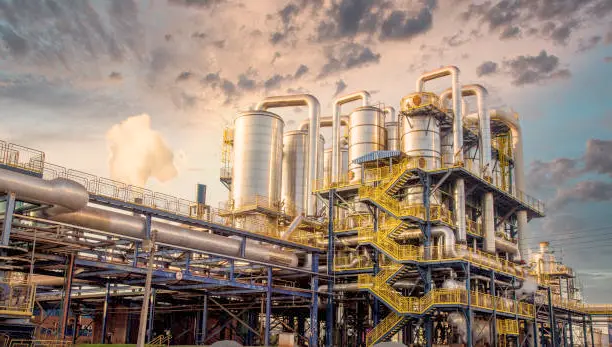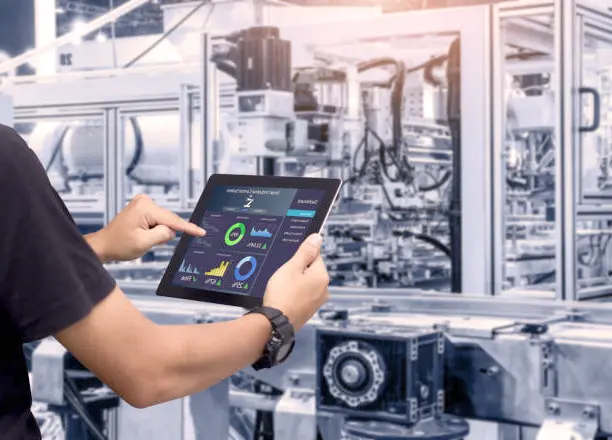
The Role of Automation in Sustainable Energy Production
- Admin
In the face of climate change and environmental concerns, the shift towards sustainable energy production has become imperative. Automation plays a crucial role in advancing this transition by optimizing processes, improving efficiency, and reducing environmental impact. This article explores the intersection of automation and sustainable energy production, highlighting its benefits and challenges.
Automation in Renewable Energy Generation:
Solar Power: Automation technologies are widely used in solar power generation, from solar panel manufacturing to solar farm operations. Automated systems track the sun's movement, adjust panel angles for optimal exposure, and monitor performance metrics, maximizing energy output and efficiency.
Wind Energy: In wind energy production, automation controls and monitors wind turbines to optimize performance and ensure reliable operation. Automated maintenance systems detect potential issues, schedule repairs, and minimize downtime, contributing to higher uptime and overall efficiency of wind farms.
Integration with Smart Grids:
Smart Grid Management: Automation facilitates the integration of renewable energy sources into smart grids, enabling efficient management of electricity generation, distribution, and consumption. Smart grid technologies utilize automation to balance supply and demand, integrate intermittent renewable energy sources, and optimize grid operations for improved reliability and resilience.
Demand Response Programs: Automation enables demand response programs that adjust electricity consumption based on grid conditions and renewable energy availability. Automated systems communicate with smart appliances and devices to reduce energy usage during peak demand periods, contributing to grid stability and reducing the need for fossil fuel-based generation.
Benefits of Automation in Sustainable Energy Production:
Increased Efficiency: Automation optimizes energy production processes, reducing waste, and improving efficiency. By automating routine tasks and implementing predictive maintenance systems, renewable energy facilities can operate more reliably and cost-effectively, maximizing energy output while minimizing resource consumption.
Environmental Sustainability: Automation contributes to environmental sustainability by enabling the widespread adoption of renewable energy sources. By harnessing automation technologies, we can accelerate the transition to a low-carbon economy, reduce greenhouse gas emissions, and mitigate the impacts of climate change on our planet.
Challenges and Considerations:
Intermittency Management: Managing the intermittency of renewable energy sources poses challenges for grid operators and energy producers. Automation technologies, such as energy storage systems and demand response programs, play a crucial role in balancing supply and demand and ensuring grid stability in the presence of intermittent renewables.
Cybersecurity Risks: The increasing reliance on automation and digital technologies in energy production introduces cybersecurity risks. Protecting critical infrastructure from cyber threats requires robust cybersecurity measures, including encryption, authentication, and intrusion detection systems, to safeguard against potential attacks and disruptions.
Conclusion:
Automation is a driving force behind the transition to sustainable energy production, offering opportunities to optimize processes, improve efficiency, and reduce environmental impact. By embracing automation technologies and integrating renewable energy sources into smart grids, we can accelerate the shift towards a more sustainable and resilient energy future. However, addressing challenges such as intermittency management and cybersecurity risks requires proactive strategies and investments to ensure the success of sustainable energy initiatives in the years to come.
